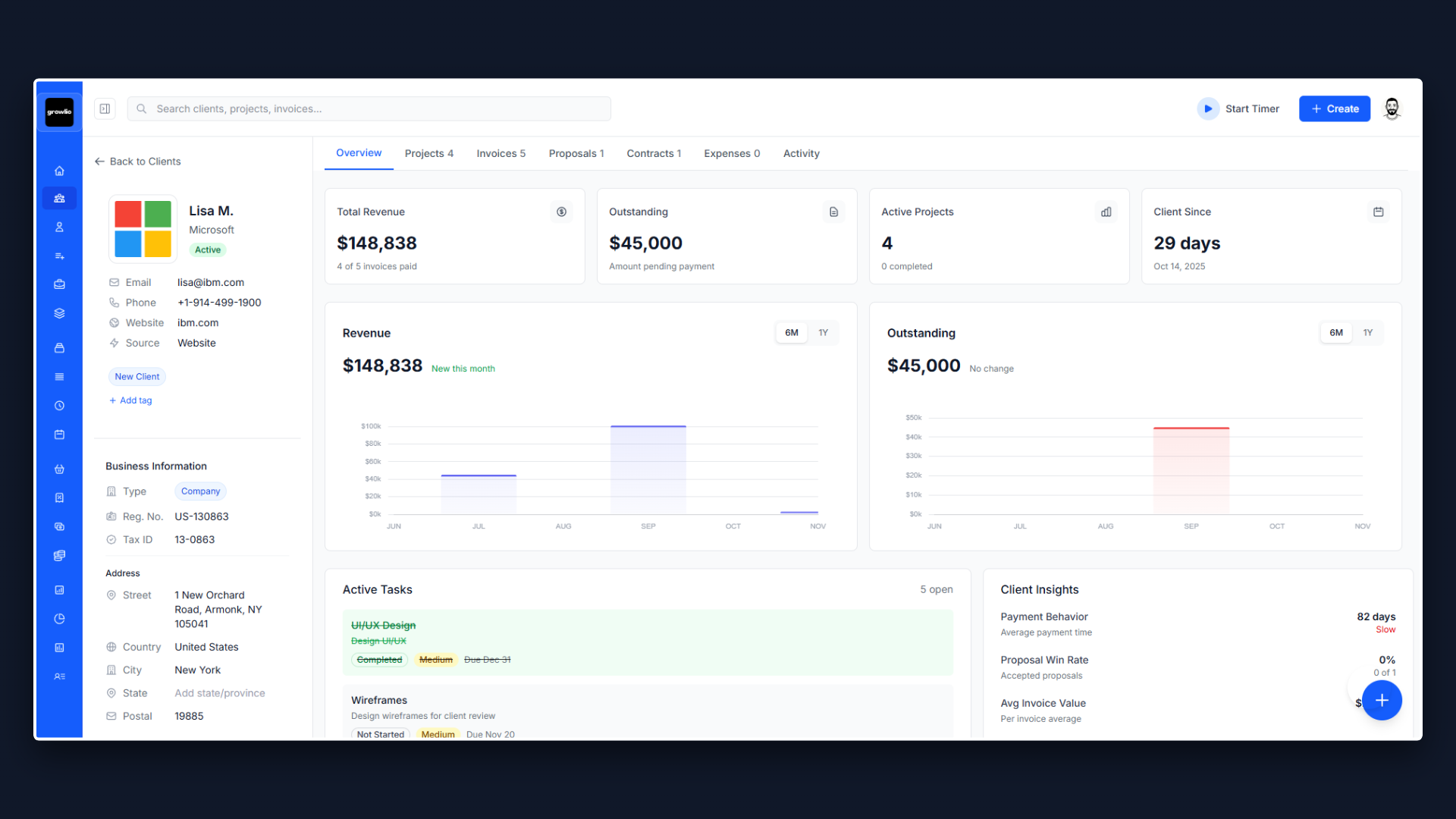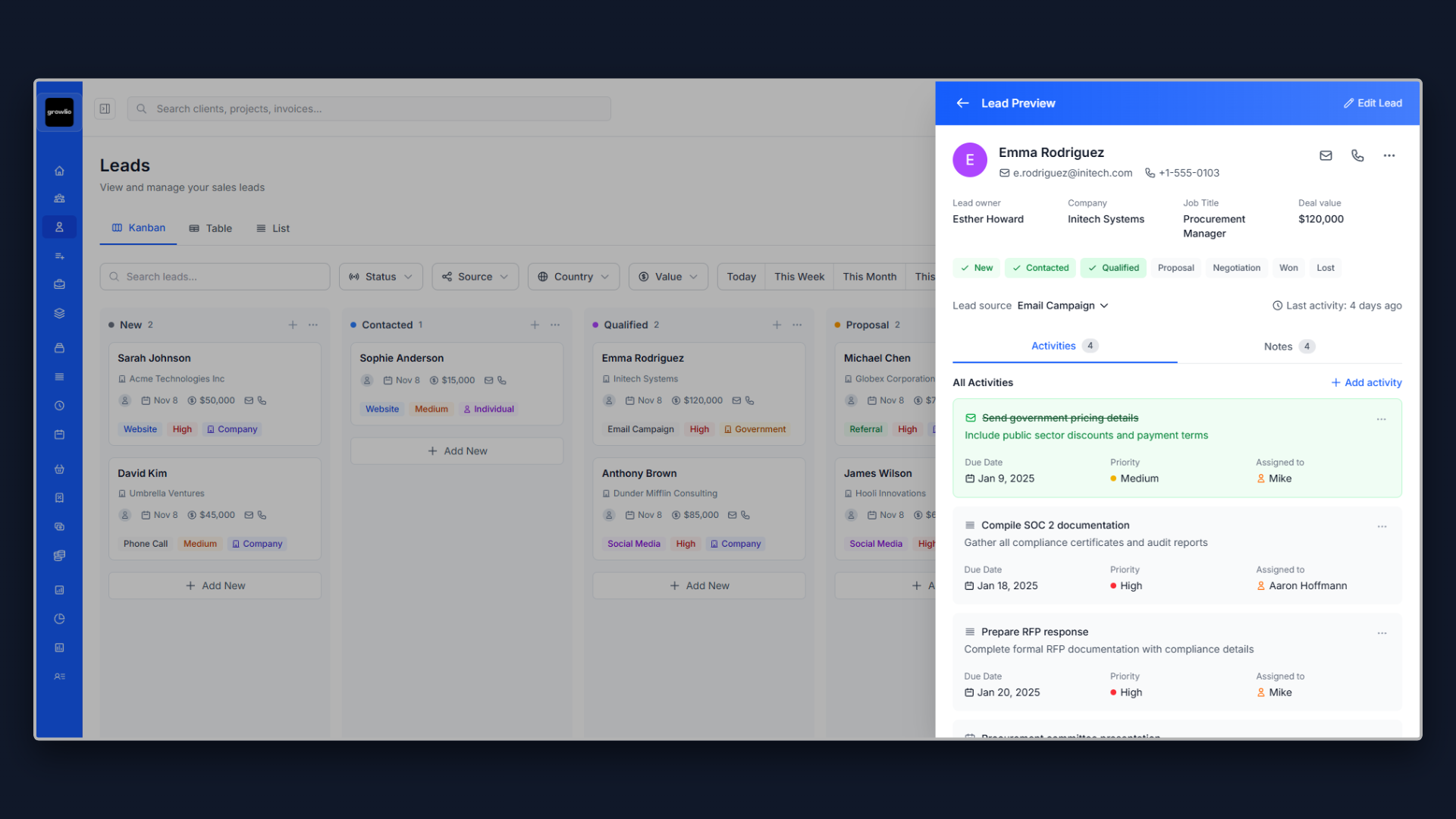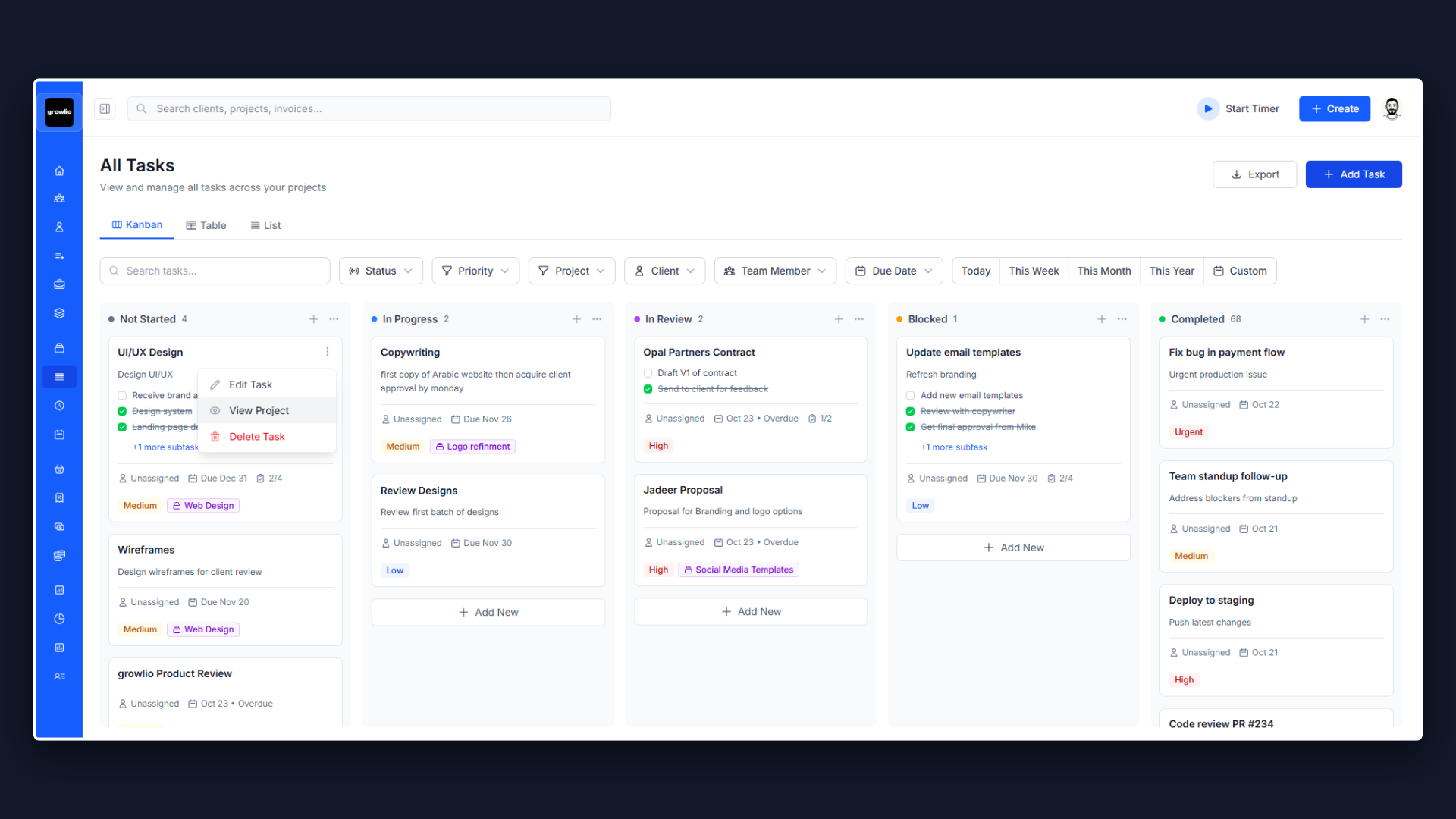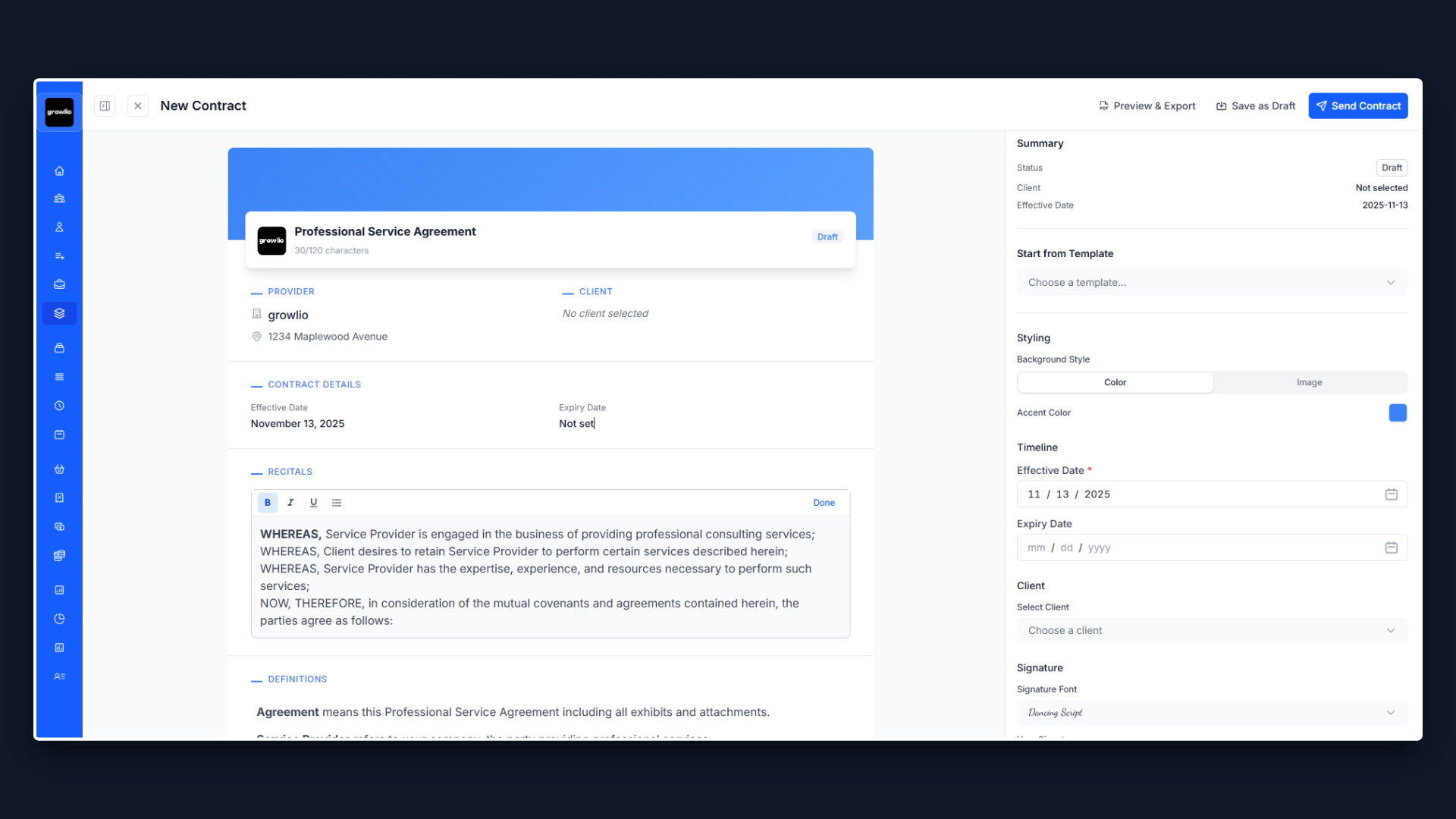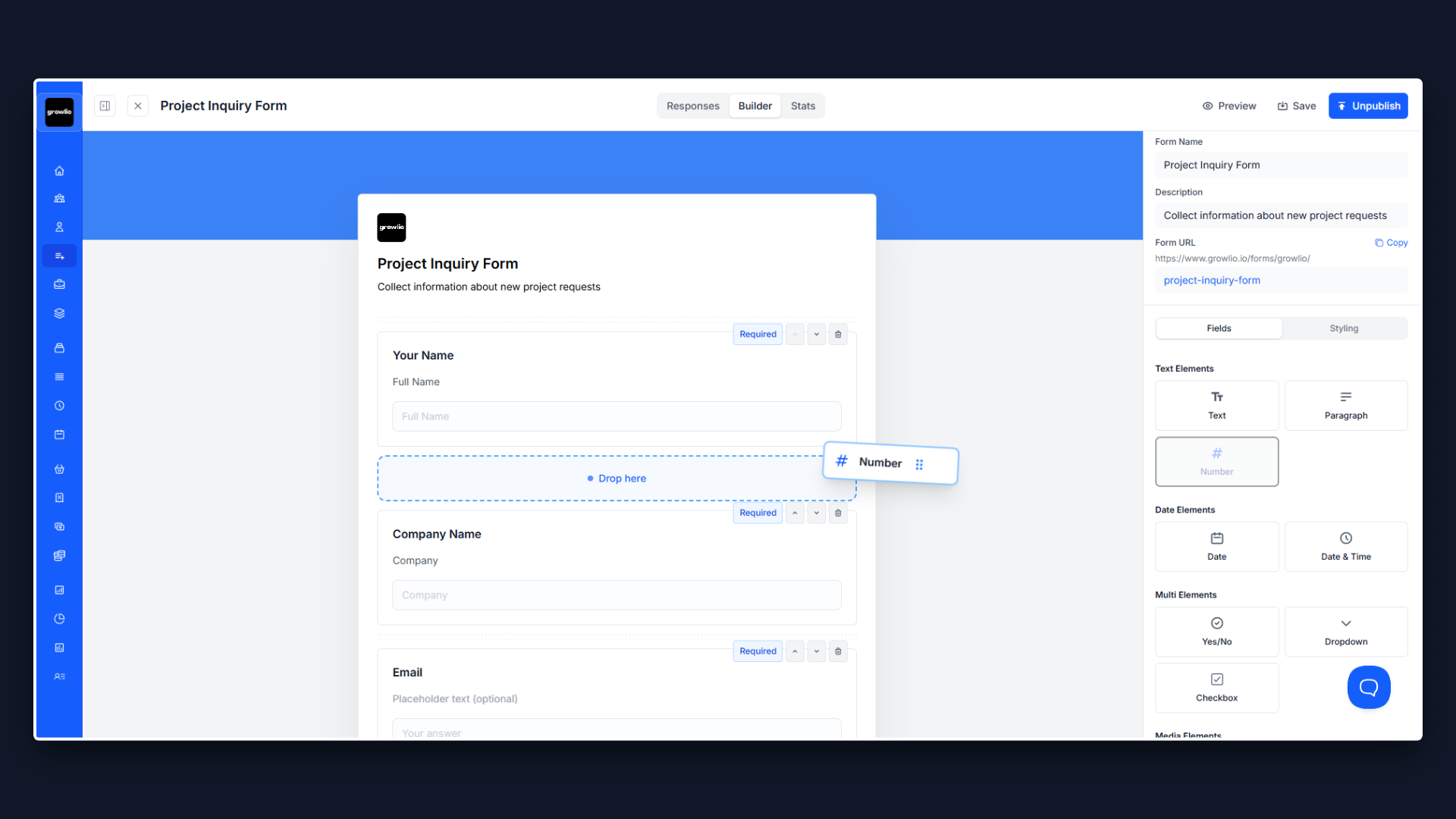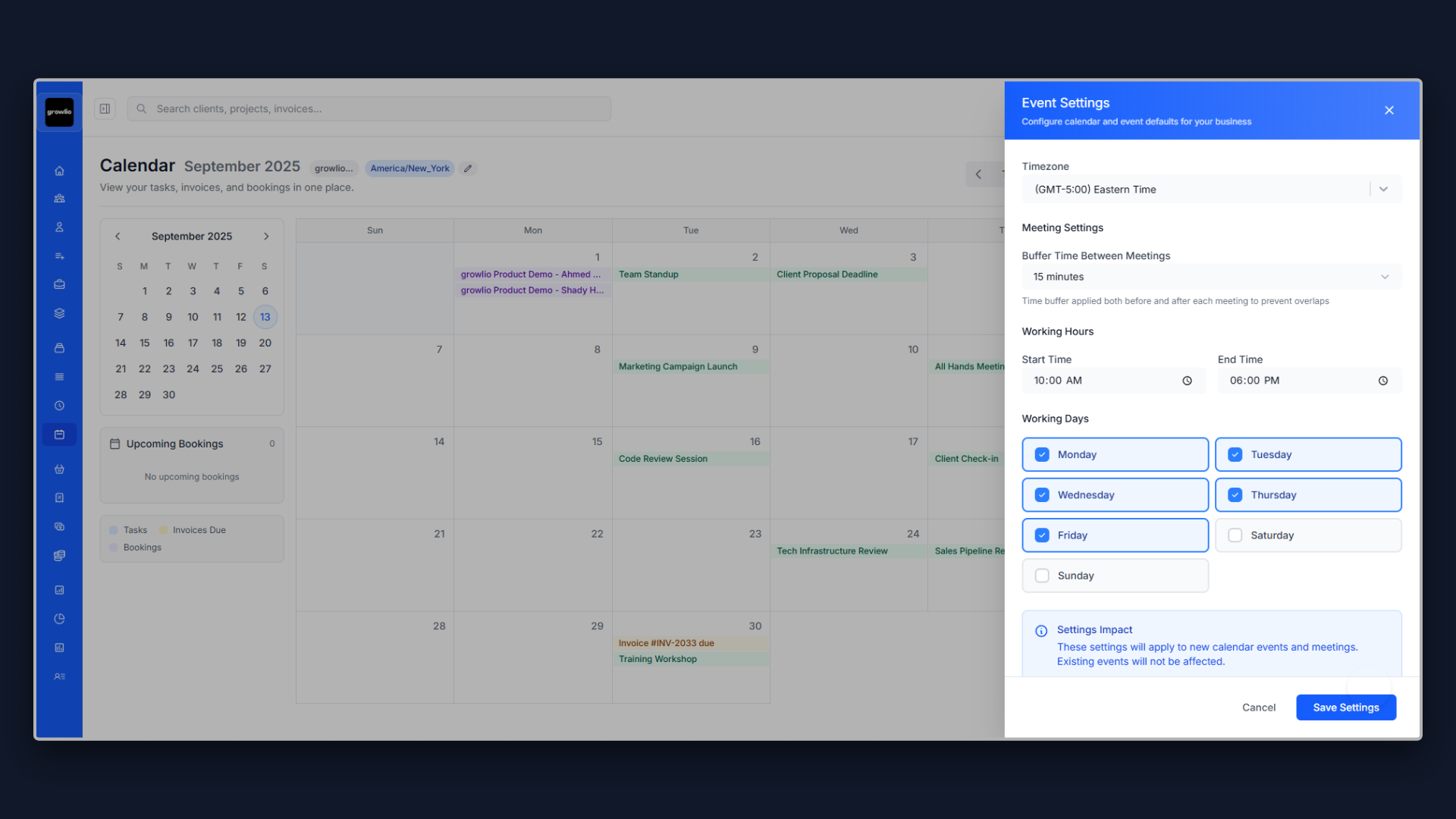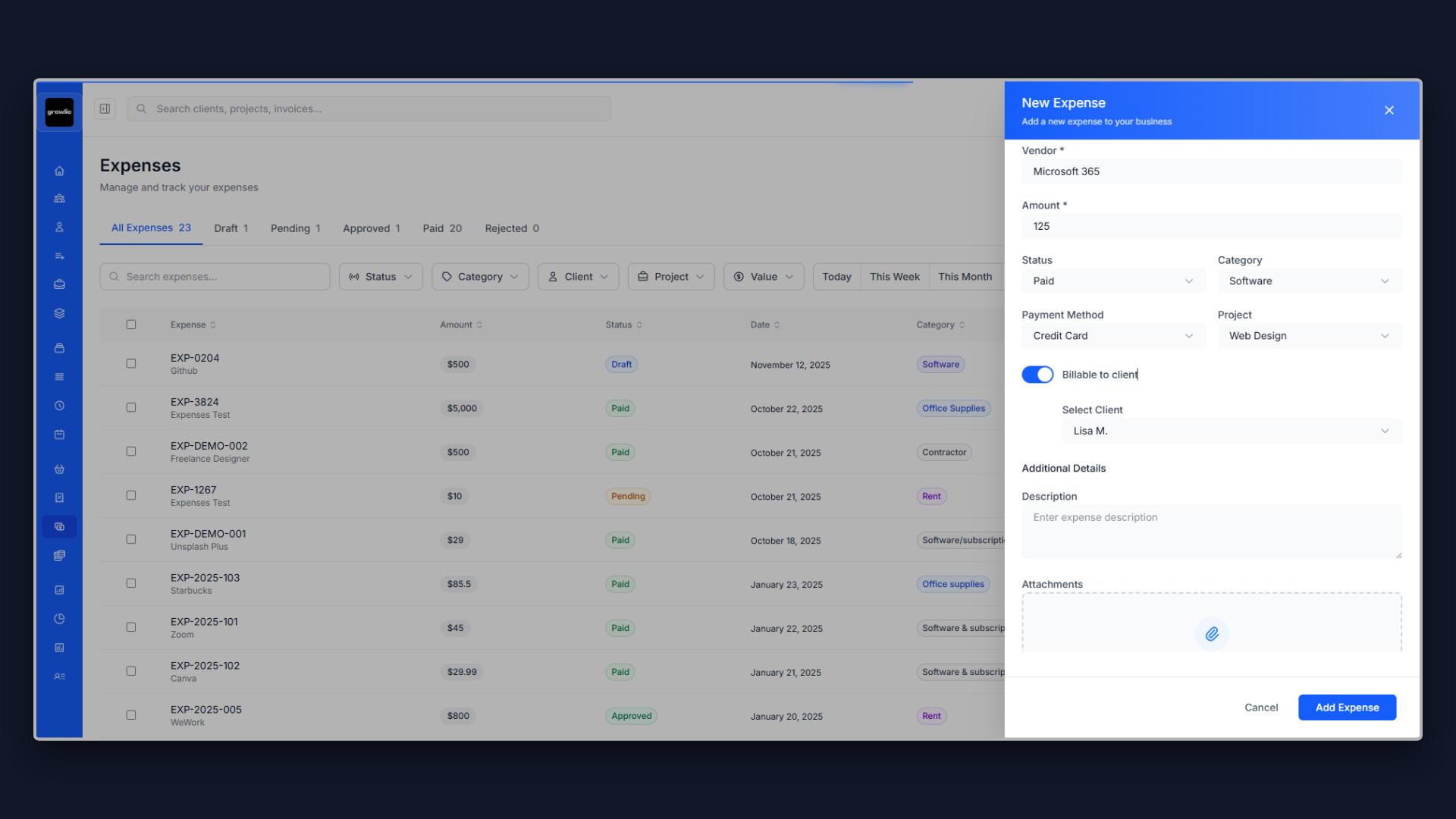Understanding Stripe Fees in 2025
Stripe's fee structure has evolved significantly in 2025, with new dispute handling options and updated pricing models. Whether you're a startup processing your first transactions or an established business evaluating costs, understanding these fees is crucial for accurate financial planning. The good news is that payment processing costs are tax-deductible, which can offset your overall expenses. Optimizing your payment processing is part of broader business process improvement methods that can streamline your entire operation.
Standard Processing Rates
For most online businesses, Stripe's standard rate remains 2.9% + $0.30 per successful card charge. This applies to all major credit and debit cards, as well as digital wallets like Apple Pay and Google Pay.
What makes this pricing attractive is the lack of setup fees, monthly fees, or hidden costs. You only pay when you successfully process a transaction, making it ideal for businesses with variable sales volumes.
ACH Bank Transfers: The Cost-Effective Alternative
For larger transactions, ACH bank transfers offer significant savings at 0.8% capped at $5.00 per transaction. This means any transaction over $625 will only cost you $5 in processing fees.
ACH Credit transfers have an even lower flat fee of $1.00, though they require customer initiation. The trade-off is longer settlement times (3-5 business days vs 2 days for cards), but the cost savings can be substantial for high-value transactions.
International Processing Costs
International cards come with higher fees at 4.4% + $0.30 per transaction. This includes an additional 1.5% international processing fee and 1% currency conversion fee on top of the standard rate.
While these fees are higher, they reflect the increased complexity and risk of international transactions. Stripe handles currency conversion automatically and provides built-in fraud protection for international payments.
⚠️ New 2025 Dispute Fees
Starting June 17, 2025, Stripe introduced a $15 dispute counter fee that's charged when you contest a chargeback. Combined with the existing $15 dispute fee, each dispute now carries a potential $30 cost.
However, the counter fee is refundable if you win the dispute. Stripe also launched Smart Disputes, which uses AI to automatically respond to chargebacks with a 30% success fee on recovered amounts, eliminating the counter fee risk.
Strategies to Minimize Processing Costs
1. Leverage Volume Discounts
Processing over $100,000 monthly? Contact Stripe Sales for custom pricing. High-volume businesses often secure rates as low as 2.2% + $0.30, potentially saving thousands annually. When negotiating these rates, accurate project estimation techniques help you calculate the true ROI of different pricing tiers.
2. Use ACH for Large Transactions
For transactions over $100, encourage customers to pay via bank transfer. A $1,000 sale costs $29.30 with cards but only $5 with ACH – that's $24.30 in savings per transaction.
3. Prevent Disputes Proactively
With new dispute fees, prevention is more important than ever. Use clear billing descriptors, implement Stripe Radar for fraud detection, and maintain excellent customer service to reduce chargeback rates. Setting clear expectations from the start is crucial—learn how to manage client expectations without stress to prevent payment disputes before they happen.
4. Choose the Right Dispute Strategy
Compare Smart Disputes' 30% success fee against the $15 counter fee based on your historical win rate. If you win less than 50% of disputes, Smart Disputes may be more cost-effective.
💡 Pro Tip
Use our calculator above to model different scenarios. Input your average transaction value and volume to see exactly how much you'll pay with different payment methods and fee structures. When setting up payments for new clients, these calculations should be part of your client onboarding best practices to ensure transparent pricing from day one.
